ArmyInform received answers to these questions during an interview with Colonel Vasyl Rumak, Head of the Training Department at training…
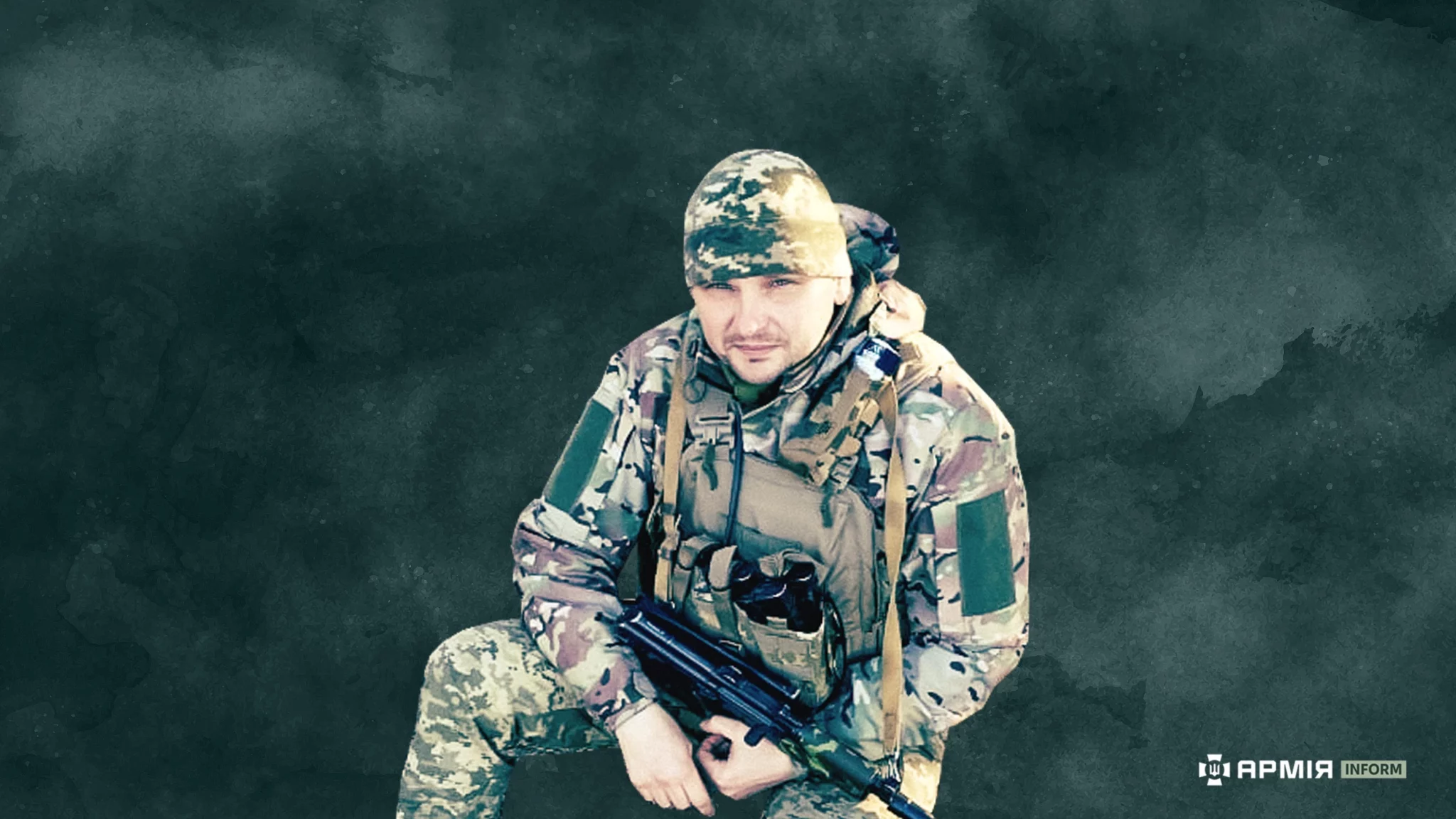
“I used to think being a sapper was an easy job,” — says soldier Vitalii, laughing ironically.
He is 41 years old, a contract serviceman with the 250th Joint Engineering Support Center of the Support Forces Command. When choosing between two paths in the Armed Forces — a pontooner or a sapper — he chose the latter. And during the Kursk operation of the Defense Forces, he fully realized what it means to be a sapper of the Armed Forces of Ukraine under continuous enemy drone attacks and intense mortar fire. Hard physical work was nothing new for him, though.
In a fairly short time, the serviceman was wounded three times. Describing one of the combat missions, he says:
“My guardian angel was watching over me that day — the explosive landed just two meters away”.
The soldier was awarded the honorary badge of the Commander-in-Chief of the Armed Forces of Ukraine — the “Golden Cross.”
The ArmyInform correspondent spoke with Vitalii about the physically and psychologically demanding work of a sapper in today’s war; about the dominance of drones, heavy mortar fire, and the danger of “waiters” (enemy saboteurs hiding in ambush); about missions carried out on adrenaline; and whether it’s “interesting” to provide engineering support to assault units of the Defense Forces during the Kursk operation and beyond.
“In 2024, I received a draft notice, though indirectly — through a shop clerk I knew”, — Vitalii recalls.
“I dutifully went to the territorial recruitment center (TRC) to update my data. Back in 2022, I had already visited the military commissariat, and they told me, ‘We’ll call you,’ but they never did until 2024. Honestly, I wanted to choose where to serve myself, so I decided to sign a contract with the 250th Joint Engineering Support Center. I was offered two positions: driver-sapper or pontooner. I chose the first one”, — he smiles.
Then came basic and specialized sapper training, and by February–March 2025, he and his unit were already carrying out missions in Sumy region, near the border with the Russian Federation.
“We were laying mines, creating kill zones, setting up barbed wire and nearly invisible trip obstacles for infantry — thin, almost invisible wires that could become a trap for both infantry and tracked vehicles”.
“One day, I was driving to pick up the guys from positions. It was loud — heavy enemy shelling. Along the road, I saw lots of destroyed vehicles. I got distracted for just a few seconds — and right in front of me an FPV drone hit. Shrapnel tore into my leg — I thought it was an open fracture, felt like the bone was sticking out… The vehicle was also damaged, but I was lucky: I was on a slope, so I kept rolling down for a while — and that saved me. If you’re alive, you keep moving. Then I jumped out of the car into a tree line, about half a kilometer short of the position I needed to reach”.
His comrades moved toward him, while he sheltered in a dugout under intense mortar fire and continuous FPV drone attacks — without any communication.
“When they finally reached me, we started moving together toward the stabilization point — 7 km on foot through mostly open terrain: field roads and sparse tree lines. How did I make it with a wounded leg? On adrenaline. The medics at the stabilization point told me I was simply lucky”.
“The drone had hit the engine, basically shredding it, and the shrapnel peppered my leg like buckshot. I also had a concussion. I spent the next 15 days being treated in Sumy”.
“The second injury came in mid-May 2025, while working directly on the border with Russia. There were six of us. We came under multiple air-dropped attacks and FPV strikes. I got a concussion again. One comrade was killed, two more were wounded”.
“One night, we had to sit crouched in a tree line. The volunteers had brought us special thermal-invisible suits (pants and jackets). Honestly, if not for those — we wouldn’t be talking now”.
“At 4 a.m. we had to make three controlled explosions to clear a path for vehicles: one on the enemy’s side, one around what they call the ‘Yatseniuk Wall’ (he laughs), meaning directly on the border, and the third — on our side, about 50 meters away. While we moved out, they were hitting us with everything. Enemy FPVs worked like a carousel — one hovered while another attacked, nonstop. There were literally thousands of drones. Under such conditions, hearing became our main sense — if you heard a click, it meant an explosion was coming”.
“We couldn’t advance. It took 30 minutes to move just 50 meters”.
“Our group suffered losses. My comrade was about 10 meters away when a bomb fell roughly 3 meters from him. He was killed instantly. We decided to retreat. We ran about a kilometer toward the infantry, asking for two men to help carry our fallen brother — but they refused; they had losses too. We had to leave Yura there. It was his first combat mission. He was 38…”
“There was no way to dig in — mortars and snipers were working us over. I saw a tree that could serve as minimal cover and, at that moment, noticed a Mavic drone right above me. It dropped a bomb — and missed. I’m sure my guardian angel covered me — the explosive fell about two meters away”.
“Another drone flew in just as I was about to move. Nearby, I saw another soldier, not from our group — blood pouring from his eye. I asked if he could walk. He couldn’t — a piece of shrapnel was stuck in his throat. I couldn’t leave him. And then — another FPV hit just two meters away from me… Later, the guys said, ‘We thought you were dead’”.
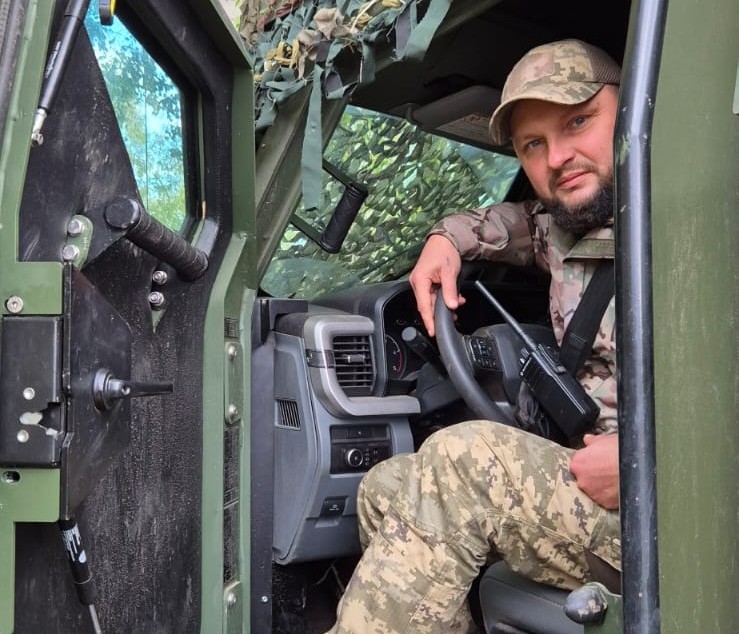
“To the nearest settlement was about 10 kilometers through forest and fields. We stopped to rest in a tree line — we were literally passing out. I fell asleep sitting. Not a moment passed without something hovering above — ‘Baba Yaga’ (a heavy drone) flew over us about 30 times”.
“Eventually, we made contact and got evacuated, though very slowly — 7 kilometers in seven hours”.
“I didn’t even want to look at my watch. In training, our instructor used to say: ‘If a sapper checks his watch during a mission — that’s the moment death notes the time’”. Vitalii laughs.
After that, there was another round of treatment.
“This time, we were working on a temporarily occupied part of the Sumy region. The mission was to lay mines in a certain area — and, as usual, getting there was tough. Our team had three men: a group commander, a guide, and me. We had 80 anti-tank mines in the truck bed. From drop-off point to the minefield — 3 km on foot”.
“Mortars were firing constantly, and ‘waiters’ (enemy saboteurs hiding in pits) were around. We were supporting assault units — and I’ll tell you, working for them is really tough”, — he laughs.
“We moved through what used to be a forest — mortar fire had flattened the trees. Each of us carried three mines: two slung over the shoulder and one in hand. Each mine weighs 9.1 kg. Add a body armor and a rifle. We were stepping over fallen trees. After about 200 meters, a high-explosive shell landed three meters from my comrade — the blast wave threw him off his feet and concussed him. I got another concussion too. We ran through the forest while they chased us with mortars. My vision blurred, I felt nauseous”.
“At the stabilization point, they gave IVs. I got five days off, but the mission still had to be completed — so we went again. The Russians were shelling with mortars so densely that pieces of slate from the roofs were falling onto our vehicle. Eventually, the mission was called off”.
“I’ve just told you about three missions where I was wounded. But there were many more — we worked both in large and small groups. Sometimes we mined half a kilometer of road in a checkerboard pattern”.
“The hardest part before every mission is mental preparation. Nothing compares to the feeling when you hear a ‘waiter’ drone overhead, and at that exact moment, you need to go out, arm a mine, and set it. I used to think being a sapper was a lazy job”, — he laughs. — But in reality, it’s an immense physical strain. Sometimes my back would seize up so badly my legs trembled. On long missions, my leg would go numb”.
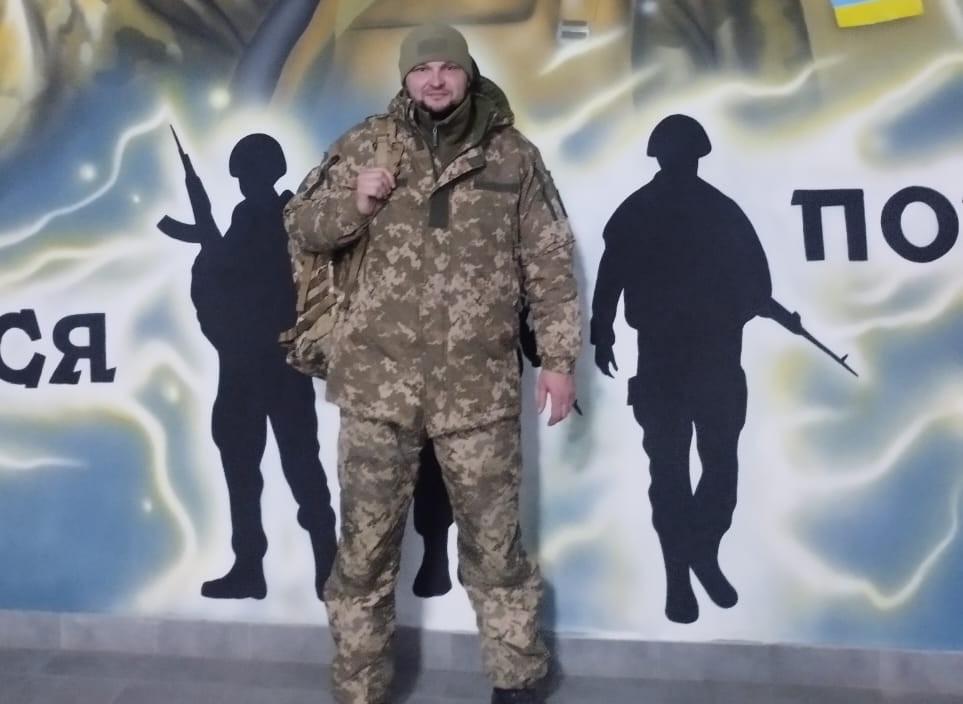
“Setting up kill zones was just as tough — working in open terrain under drone swarms and mortar fire. Sometimes we had to carry and set up dozens of net barriers a kilometer away. Each net weighed about 20 kg. Imagine doing ten trips a day — that’s 10 km there and 10 km back”.
“Under such conditions, money has no value. We don’t need money — just let us go home to rest”.
…At home, Vitalii’s wife and two children are waiting for him.
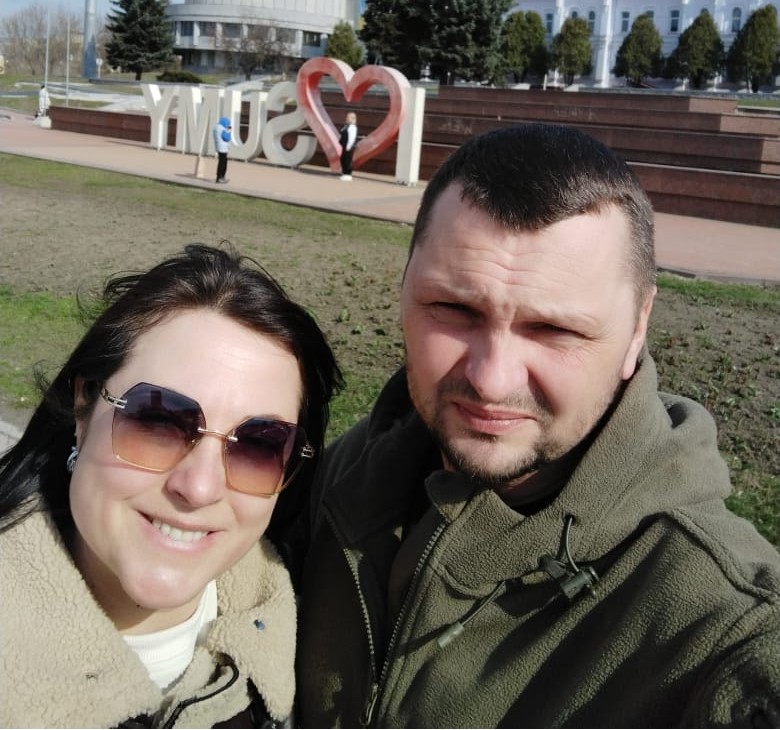
When he learned about the Commander-in-Chief’s Golden Cross award, he admits, it felt genuinely rewarding.
“I didn’t even imagine something like that could happen. I’d never received any awards before — just a certificate once. So when I found out about the ‘Golden Cross’, I was really happy. Truly happy”, — Vitalii concluded.
@armyinformcomua

Ukraine continues to strengthen its air defense system thanks to international support. Germany has already transferred the ninth modern IRIS-T surface-to-air missile system to Ukraine. This was previously reported by Ukraine’s Minister of Defense Denys Shmyhal.

In the city of Siversk, the Defense Forces of Ukraine are actively and successfully destroying the enemy, as Ukrainian warriors know the city well, having defended it for a long time.
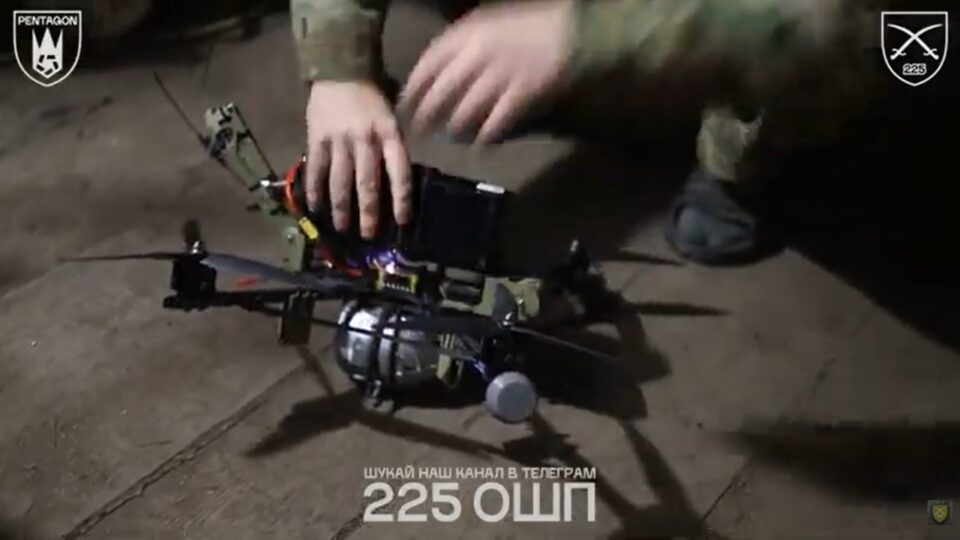
Fighters of the aerial reconnaissance company of the Pentagon Unmanned Systems Battalion of the 225th Assault Regiment are engaged in searching for key targets in the enemy’s rear, locations where enemy infantry is concentrated, and recently have begun hunting enemy aerial reconnaissance assets.
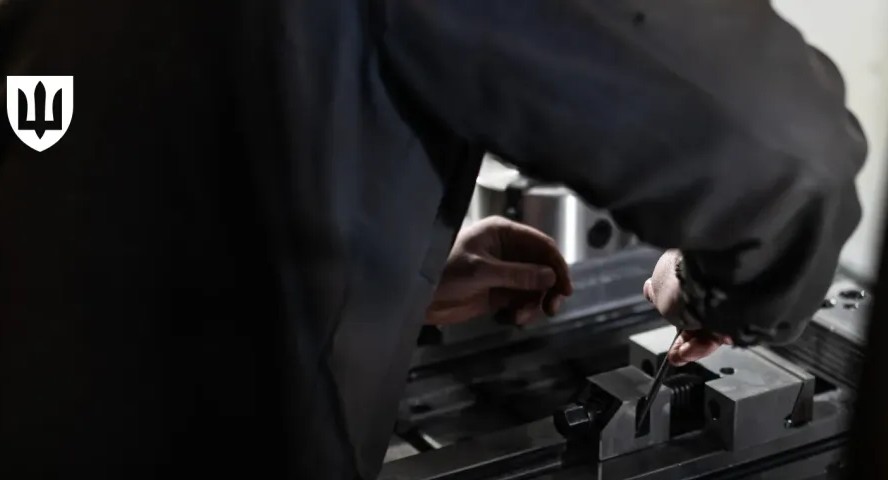
The Cabinet of Ministers of Ukraine has adopted a resolution developed by the Ministry of Defense of Ukraine that introduces state financial support for defense industry enterprises under financial leasing agreements.
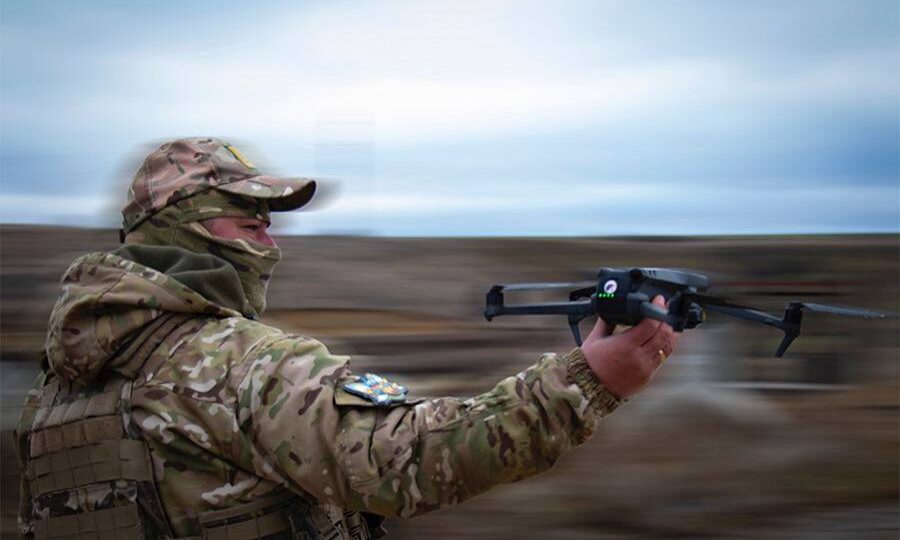
Fighters of the 49th Assault Battalion “Carpathian Sich”, in cooperation with the 100th Mechanized Brigade, the 28th Mechanized Brigade named after the Knights of the Winter Campaign, and the 36th Marine Brigade named after Rear Admiral Mykhailo Bilynskyi, destroyed a column of occupiers.
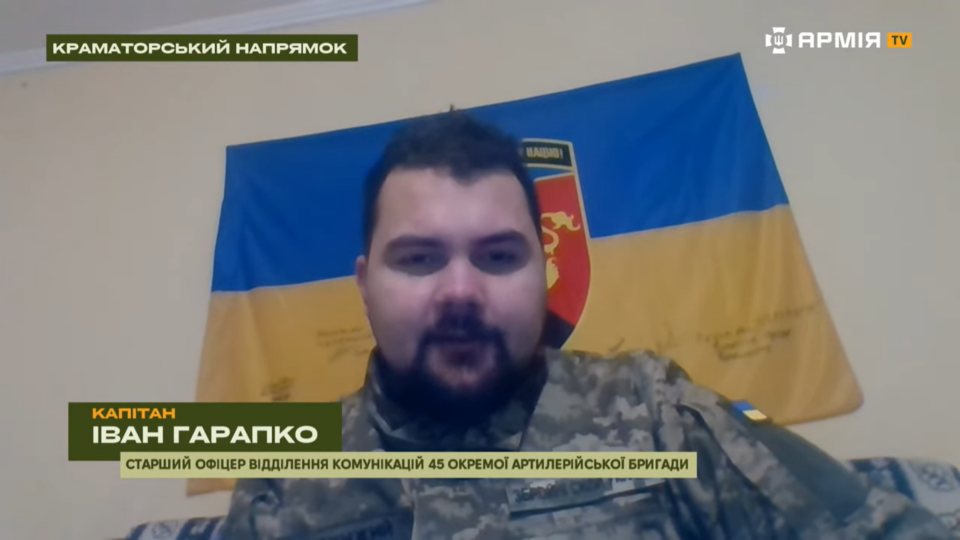
In the Kramatorsk sector, the enemy is attempting to attack exclusively with small infantry groups, while keeping equipment far from the line of contact.
ArmyInform received answers to these questions during an interview with Colonel Vasyl Rumak, Head of the Training Department at training…